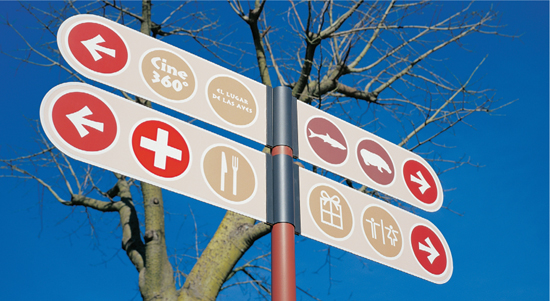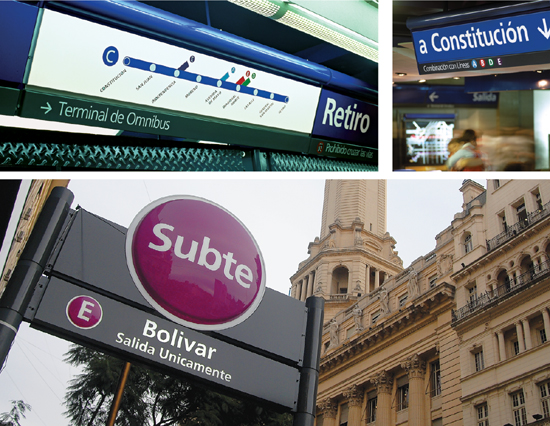A MODERN DESIGNER HAS TO DESIGN HIMSELF EVERYDAY.
Sometimes, there’s something contradictory about new ideas. Many will celebrate the new; others will find comfort in the known. This is how it goes many times in the design process. Sometimes, the new is threatening. For the client, this might mean my design does not look like him. Or that he just can’t sell the idea to whoever is above him. Any designer who has been through this frustrating experience can relate to this. Some will never surrender and will fight until they are kicked out. Some will surrender too quickly. Some surrender too late and will damage the relationship with the client and create a reputation of being difficult.
My will to be inspired comes from the call of a client. I guess I would make a lousy artist. When it comes to the act of design, in any of its forms, I don’t have a particular plan. My intuition, knowledge, sensibilities, abilities, and experience play a crucial role in the beginning. I trust my gut like hell, and I am usually right about my first impressions. Then comes the process, which is more or less like everybody else’s. My perspectives evolve and change all the time as a result of my growth, travel, music, people I meet, and above all, my desire to understand. Somehow all of that is stored in a blender in my mind and it surfaces in the form of a design solution when I need it.
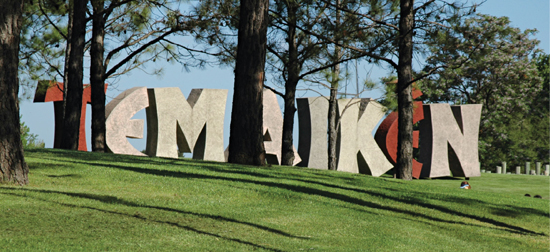
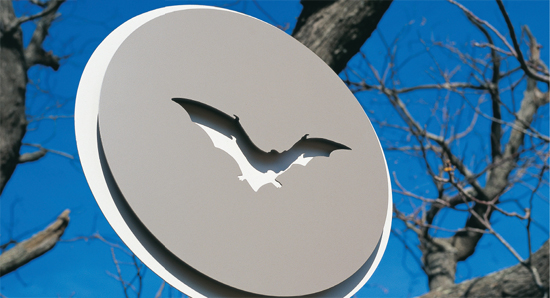
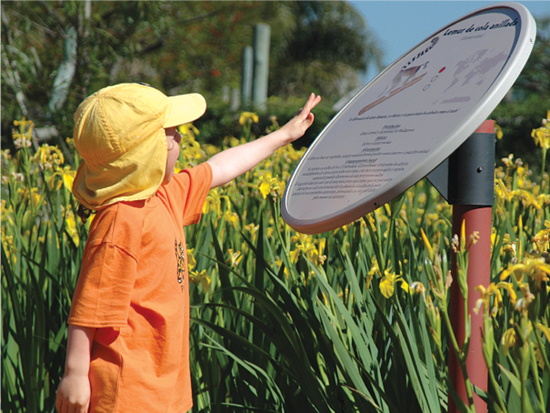
The embryo of the Temaikèn project is the logotype, conceived in a flexible and organic typography and expressing the phonetic name in colors within the range of sepias linking it with earth and nature. These colors are systematically present in all forms of communication.
In all wayfinding systems, there are two fundamental conditions to be carried out. First, the signs must be easy to find and their locations predictable. They must appear as if by magic when the decision of a route or destination has to be taken, and then blend into and become part of the surroundings again. Second, the signs must be easy to understand in a clear, iconic, and verbal system. The choice of a pictographic system responds to the clear premise of providing users with a nonverbal shortcut. While keeping in mind that a large percentage of the zoo’s audience is children, the designers created a group of simple and easily recognizable pictograms that represents the different species of fauna.
The various signs on the grounds solve basic navigational issues and provide additional information about the zoo, and they function as part of a brand style, a tone of voice, and a dialogue with the audience.
Whatever I have experienced or learned resides somewhere in my brain and jumps out by some mysterious process of activation. I am a designer of responses and solutions, and my creative process is nonlinear. I connect things and ideas and view a map of the problem that only I understand. I keep chewing it, bouncing it, defying it, and, finally, I see something practical and spit it out. Only then do I put it in order so that others can understand it. That takes some time.
My search is personal and chaotic. I focus on trying to understand how daily things work. To design the wayfinding system for a subway network without understanding how the local porteño travels and experiences it daily is like designing a book without knowing how the Western reading process goes.
Large-scale public works, such as the Buenos Aires subway system, involve complex design decisions because they are intended to communicate to a wide audience and provide useful navigational instructions.
An important part of my thinking and understanding comes from living in Argentina and experiencing the impossible list of obstacles and events that the so-called First World will never understand. The ability to make things happen regardless of the impeding machine is embedded at a genetic level in this part of the world. Each work assignment adds a coat of wit and new variables. These become tools for survival in the business of design. Argentina is a melting pot of ideas. You can spit on the floor and an idea will immediately grow from that. The great difficulties have been the socioeconomic swings and the crises that we have been through. However, the country has been very generous to us and it has offered us enormous opportunities for professional development.
Although I have formal training as a graphic designer, I cross over to other areas such as architecture, product, legal, and marketing. A modern designer has to design himself everyday. I don’t see myself as a graphic designer. I refer to myself as a designer and my job is to detect an existing situation and turn it into a preferred one.
Our firm does a lot of identity design that is meant to last. With identity and wayfinding design, permanence, differentiation, and cohesiveness are key. Ideas, innovation, and creativity are a way of life to me and are instrumental to those three key elements.
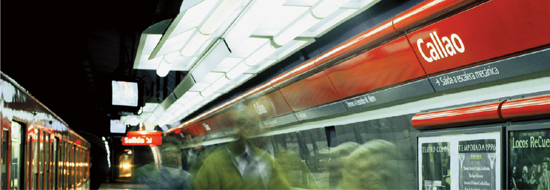


 SHAKESPEAR DESIGN
SHAKESPEAR DESIGN